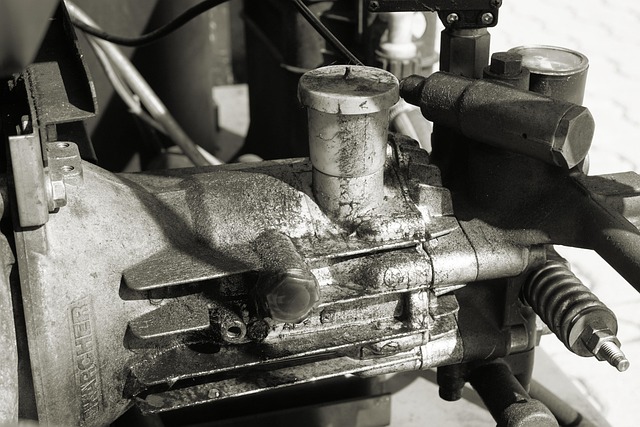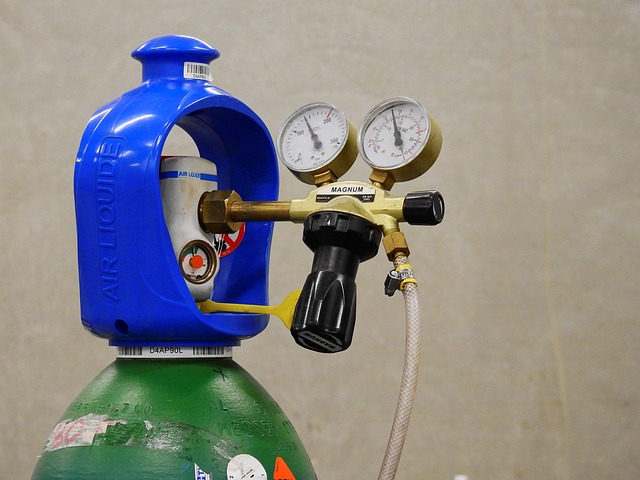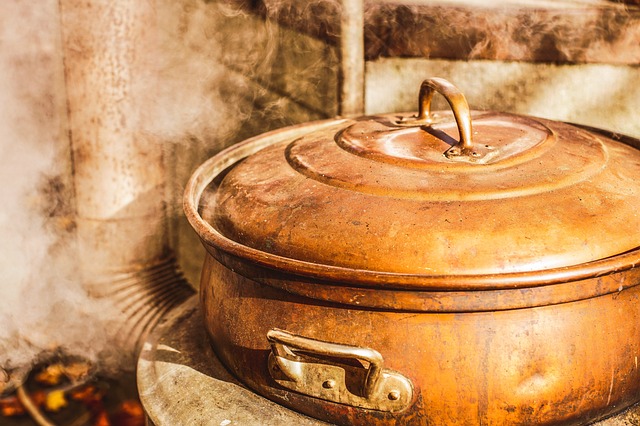Boiler pressure problems, especially low pressure, are common in cold climates and can lead to inefficient heating, increased energy bills, and health hazards. Early identification through regular checks and troubleshooting is crucial for savings and system efficiency. Common issues include air in the system, low water levels, or faulty parts. Optimizing boiler pressure with tasks like bleeding radiators and professional inspections prevents leaks, extends equipment lifespan, and promotes a sustainable home environment.
In today’s eco-conscious world, optimizing energy efficiency is a top priority. One often overlooked area is boiler pressure—a critical factor in heating systems. This article provides a comprehensive guide to understanding and managing boiler pressure problems. We’ll break down the basic principles, identify common issues like excessive or low pressure, and offer practical solutions to ensure your boiler operates at peak performance, reducing energy waste and saving costs.
- Understanding Boiler Pressure: The Basic Facts
- Identifying Pressure Issues and Their Causes
- Practical Solutions for Optimizing Boiler Pressure
Understanding Boiler Pressure: The Basic Facts

Boiler pressure, often overlooked, is a critical aspect of your home’s heating system. It refers to the force at which hot water or steam is pushed through pipes to heat radiators and other fixtures. An optimal boiler pressure ensures efficient heating and hot water supply. However, many homeowners are unaware that low boiler pressure (a common boiler pressure problem) can lead to various issues. This is especially true in cold climates where lower temperatures can cause the water inside boilers to expand, potentially resulting in reduced pressure.
A boiler pressure gauge reading low indicates a need for adjustment. Maintaining the right pressure level not only optimizes energy efficiency but also prevents potential health hazards associated with low boiler pressure. For instance, insufficient pressure can lead to inadequate heating, causing cold spots in your home and increasing energy bills. Moreover, it may result in reduced hot water flow, affecting daily routines. Understanding these basic facts about boiler pressure is the first step towards ensuring a well-functioning heating system.
Identifying Pressure Issues and Their Causes

Many homeowners overlook potential boiler pressure problems, but identifying these issues early is key to saving energy and maintaining efficient heating systems. While modern boilers are designed with safety mechanisms, persistent low boiler pressure symptoms can indicate underlying problems. Understanding common causes like air in the system, low water levels, or faulty parts is essential for effective troubleshooting.
Regular checks of boiler pressure settings allow you to track changes and pinpoint anomalies. Knowing how to adjust pressure naturally, through methods like bleeding air from radiators or topping up water levels, can help maintain optimal performance. By addressing boiler pressure issues proactively, homeowners can reduce energy wastage, extend equipment lifespan, and contribute to a more sustainable home environment.
Practical Solutions for Optimizing Boiler Pressure

Maintaining optimal boiler pressure is a straightforward yet effective strategy to save energy. A common boiler pressure problem is low pressure, which can be addressed through regular maintenance. Start by checking your boiler’s pressure gauge and comparing it to the manufacturer’s recommended range. If the pressure is consistently below this range, it may indicate issues with leaks or an improperly adjusted valve.
A practical solution for optimizing boiler pressure involves creating a boiler pressure maintenance checklist. This should include tasks like inspecting gaskets and seals for signs of wear and repair, ensuring all valves are fully open, and checking the expansion tank to make sure it’s functioning correctly. Additionally, consider scheduling regular professional inspections to address any potential leaks or other boiler pressure issues early on, preventing more serious problems down the line.
Optimizing boiler pressure is a key step in reducing energy consumption and saving money. By understanding the basic facts, identifying pressure issues, and implementing practical solutions, you can effectively manage your boiler’s performance. Remember, addressing boiler pressure problems is not only beneficial for your wallet but also contributes to a more sustainable future by minimizing energy waste.
